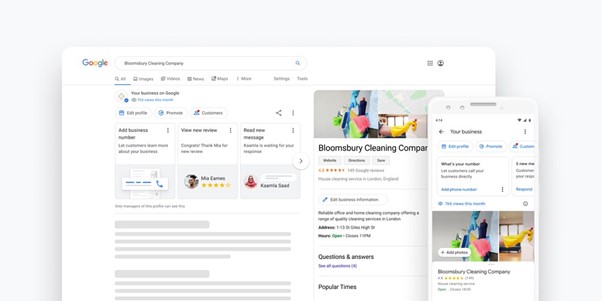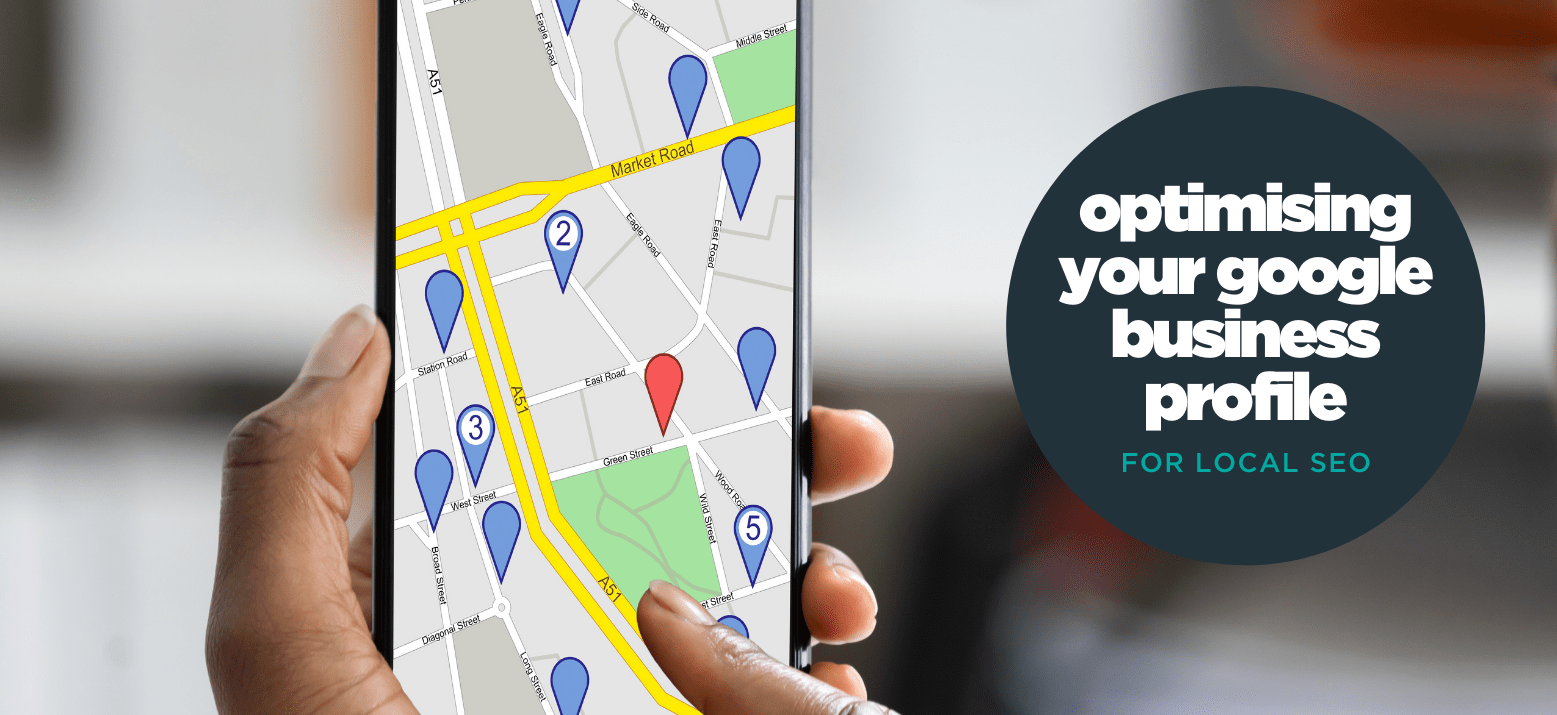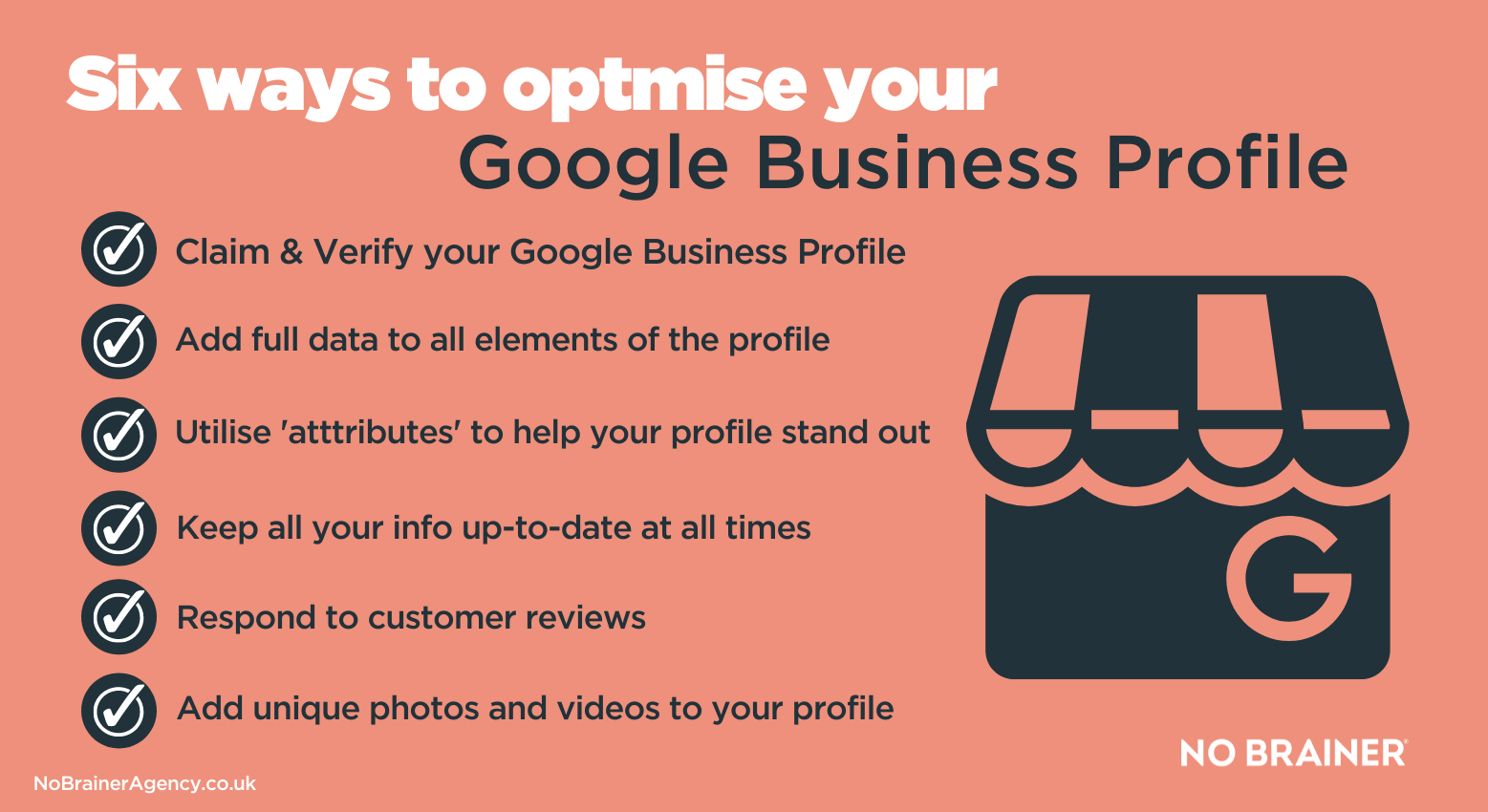People like to support local businesses when they can, as revealed by recent research carried out by the New Data & Marketing Association (DMA), which revealed that 58% of Britons are focused on supporting their local economy. Some of the reasons for this may include:
- More local shopping for products and services during the pandemic has opened their eyes to what’s available nearby
- Buying local is seen as more sustainable as well as more convenient, with less travel involved
- The pandemic has increased a sense of local community and helped residents identify more with businesses nearby
Some of these positive attitudes to localism may have been instigated by the COVID-19 pandemic, but despite the easing of restrictions in the UK and beyond, the habits formed over the last couple of years show no signs of disappearing anytime soon, according to the DMA.
If you’re a business that operates online nationally, or even globally, you might not spend much time on your local SEO strategy. However, this could mean that you’re missing out on some great local traffic that has a high chance of converting, so giving your local SEO activity a refresh could make a real difference to your business.
What is Google Business Profile?
Google used to have a free local listings platform called Google My Business. In late 2021, this was rebranded to be called Google Business Profile and now has some additional features. It essentially gives any business with an address a profile page on Google Search and Google Maps, which provides details and photos of the business. Any business that has contact with customers (whether B2C or B2B) and a physical location can claim and optimise their Google Business Profile.
Does Google Business Profile help with SEO?
Google Business Profile can drive organic traffic to your website directly from search results that include your profile. Whenever someone Googles relevant terms in your local area, your profile could show up in their results. The same applies if someone searches on Google Maps in a particular location; your business can show up along with details such as your opening hours and product or service information.
If the information in a company’s Google Business Profile is accurate, up to date and engaging, it can help drive online traffic as well as real-world footfall if you have a physical retail store. For businesses that have multiple stores, branches or locations, you can have Google Business Profile for each one, helping increase your online visibility in every location that you operate in. There is a bulk upload facility for businesses with 10 or more locations to add information for their locations via a spreadsheet rather than manually for each one.

How do I optimise my Google Business Profile?
If your business formerly had a Google My Business listing, this information will carry through to your new Google Business Profile, but it’s always worth checking to make sure everything is 100% completed and the data is all accurate. There are also additional features offered by this new platform which can help with your local SEO, such as ‘attributes’, that we’ll cover below, to help you make the most of this potential visibility for searchers near you.
1. Claim and verify your business on Google
If you haven’t done this previously, you’ll need to find your business in Google (or add it, if there is no record already) and claim it, then add your information and verify the profile. The verification process can vary for different businesses, but might mean that someone from Google’s team will call the business, send a postcard to the registered address, send an email or receive a code via SMS.
Once verified you can edit information such as your opening hours, as well as adding a description of your business and photos.
2. Ensure all elements of the profile are complete
Google’s local rankings are based on:
- Relevance – how closely your listing matches what the user is searching for
- Distance – how far away you are from the searcher or the search area they specified
- Prominence – how well-known or authoritative your business is from a Google point of view, based on things like customer reviews and review scores, links to your website and other SEO factors
Google say that “businesses with complete and accurate information are easier to match with the right searches”.
The areas to complete are standard information such as the physical address, contact number, business category and also ‘attributes’.
3. Include the most appropriate attributes for your business
Google Business Profile attributes are basically options to help describe exactly what your business does to customers. This might be specific services you offer (like a restaurant offering both dine-in and take-away services), or characteristics of your business that can help potential customers choose whether you’re right for them.
The attributes can be linked to the business category your company is under, so every single attribute isn’t available for all types of business, but they help ensure that the relevance to searches is highly accurate. The main types of attributes are:
- Accessibility – describing any accommodations your business location has for those with disabilities e.g. ramp access for wheelchairs
- Activities – describing the recreational services offered by the business, if applicable
- Amenities – describing what facilities are available at the location, such as a hotel with a spa or swimming pool, a store with free parking etc
- Crowd – any restrictions on who can visit the establishment e.g. over 18s only in venues that serve alcohol
- Health and Safety – any specific measures taken to prevent accident or illness (COVID-19 measures will generally fall under this section)
- Highlights – any specific features or facilities that you offer which you want to promote above everything else
- Languages spoken – useful if you are a tourist attraction or likely to attract customers with a first language that isn’t English
- Lodging options – for hotels or other accommodations, the types of room that are available and any other features offered that don’t fall under amenities
- Offerings – any additional features about your business that don’t fall under other sections of attributes
- Payments – the types of payment you accept in this venue/location
- Planning – anything that could help people plan their visit to your physical location e.g. parking or public transport info
- Popular for – any features of your business that help you stand out from competitors or are especially popular
- Service options – any additional services that you offer which haven’t already been mentioned in other sections
There are also ‘hidden’ attributes that visitors to your location may be asked by Google about your business, which you can’t control.
4. Keep your opening hours accurate and up to date if anything changes
Having regular weekly opening and closing times is standard for many businesses, but its also important to update this if it changes due to things like Bank Holidays or unscheduled closures, such as those seen during the COVID-19 pandemic. Over longer holiday periods such as Christmas, Easter or the 2022 Queen’s Jubilee celebrations, customers will want to know whether you’re open before they plan a visit.
5. Respond to reviews left by customers
Customers can leave reviews with Google that will appear on your profile and it’s important that you respond to these to show that you’re fully engaged with customers and prioritising the level of service that you offer to people and valuing the feedback they give you. This goes for positive reviews as well as any negative reviews you might receive. If someone does leave a poor review, the issues can often be resolved if you respond to this, and the review can then be updated into a positive one if the customer is satisfied with the outcome.
An added benefit to keeping on top of these reviews is how Google views your website; building a good rating demonstrates that you’re a trustworthy, authoritative business – all of this helps to boost your SEO performance.
6. Add unique photos and videos to your profile
Even if you have competitors that offer something very similar to you in your locality, one thing that you can always make your own is your photos. We all know how important visuals can be to someone making a buying decision, so showcasing what you do or sell through quality images can make a great difference to click-throughs from search results. Making sure that your photos show your business in its best light is a great way to help set you apart from others.
It’s always recommended to include a photo of the outside of your premises so that searchers know what to look for if they visit in person. Photos and videos also need to follow Google’s content policies to be uploaded to your Google Business Profile.
Social media post integration with your Google Business Profile
In March 2024, Google started rolling out a new feature within Google Business Profiles, where the latest social media posts from the business on platforms are automatically fed into the profile and are visible to users.
At the time of writing, this feature isn’t available in all regions and not all business profiles have this functionality. We have yet to see it in action in the UK, but think it’s probably a matter of time before this spreads globally. To prepare for a fuller roll-out in the future, businesses can ensure that they add their social media links to their profile page.
As social media posts showing on a profile is unlikely to have any direct SEO impact, so we haven’t included this in our main optimisation tips. However, the fact that the business is regularly using these communication channels being evidenced on their Google Business Profile could potentially prompt greater visibility and engagement with users.
Along with ensuring that your Google Business Profile is optimised, there are many other elements to a successful local SEO strategy that can help your business to make the most of your online visibility to relevant people near you. Our team can help you to put in place an effective SEO strategy that takes local, national and global audiences into account to help your business grow.
Get in touch using the form below to find out more.









